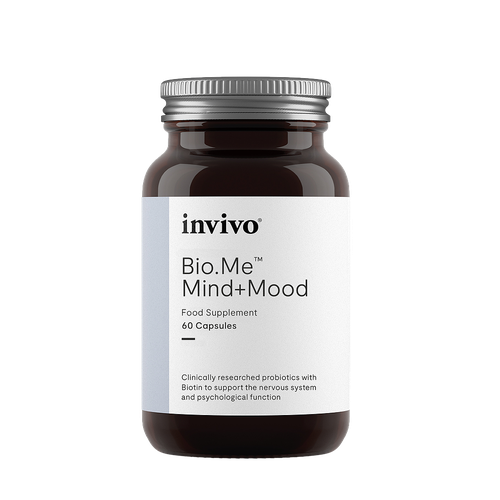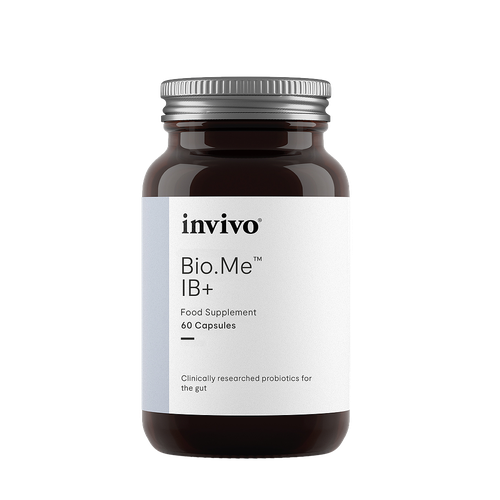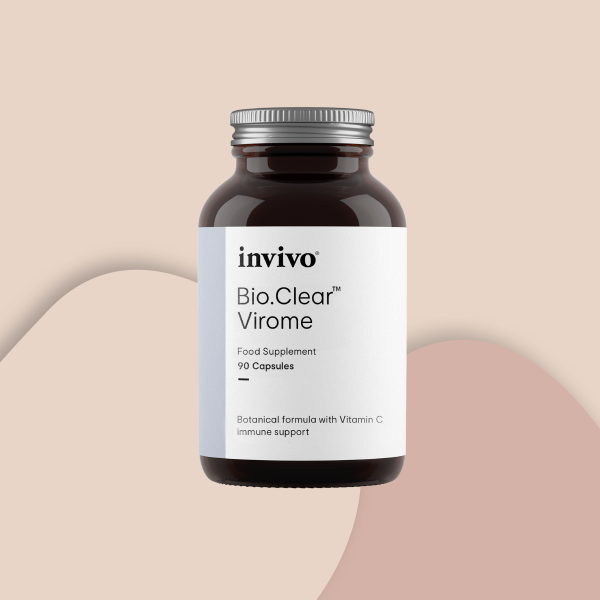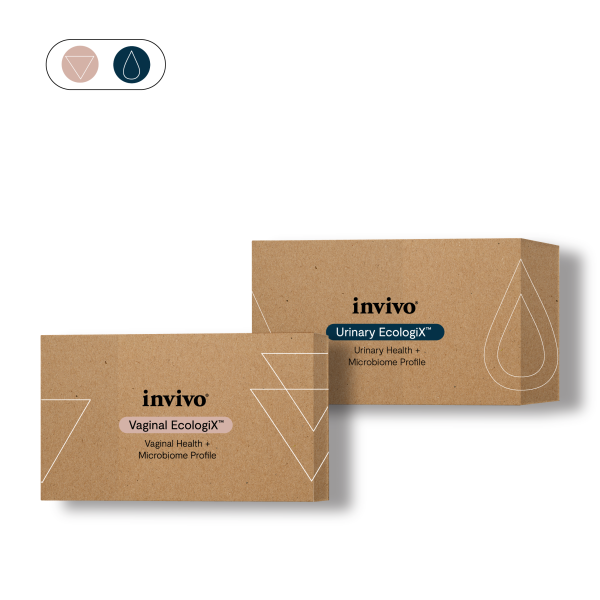Urinary Tract Infection Protocols
The standard protocol for UTIs is antibiotics, and while a single course usually resolves symptoms, they don’t work the same way for every client. Indeed, antibiotics fails in 25% to 35% of people (2). This may partly be due to them being ineffective for microbes hiding in the bladder wall, which is a common microbial strategy (3). Antibiotics are also not ideal for long term use, as happens in preventative use, or for recurrent UTIs.
One of the most pressing negative side-effects of antibiotics is the increased presence of drug-resistant pathogens. From a functional perspective, the use of antibiotics does not support the host, and therefore does not help to resolve the risk of long-term infections and/or reoccurrence. Antibiotics do not alter bacterial adherence, which means that the host cells remain susceptible to pathogen adhesion before, during and after antibiotic use (4).
The side effects of antibiotics have prompted research into alternatives, such as probiotics, to support and decrease the prevalence of recurrent UTIs.
The Use of Probiotics in the Protocols & Prevention of UTIs.
From clinical studies it can be concluded that probiotics could play an important role in preventing UTIs (5). To achieve this goal, a probiotic product for (recurrent) UTIs should contain lactobacilli that can adhere to the host cells, inhibit uropathogens (e.g. by producing H202) and/or can inhibit the production of IL-6 and IL-8. But it has to be taken into account that although probiotic bacteria can colonise the intestine and vagina, they cannot colonise the bladder. The adherence of probiotic bacteria to the bladder wall is temporary, this means that an oral probiotic should be taken regularly.
Probiotic Activity in the Vagina, Bladder & Gut
Because of the anatomical and microbial-ecosystem links between the gut, vagina and bladder, probiotics are best utilised when they work simultaneously on these three microbiomes.
Vaginal Microbiome
For probiotics to be able to help a women to maintain a healthy vagina, lactobacilli or bifidobacteria must exhibit adequate antibacterial activity. The most relevant property in this context is the ability to maintain a vaginal pH of ≤4.5 and this depends particularly on the number of lactic acid producing bacteria. An acidic vaginal environment stimulates the replication of probiotic bacteria and subsequent production of antibacterial substances, including bacteriocins and H2O2. In addition, probiotics may offer protection against genitourinary infections through production of biosurfactants. Bio-surfactants discourage the growth of pathogens by inhibiting adhesion of microorganisms along uroepithelial cells. Finally, probiotics may co-aggregate with uropathogens to block adhesion and/or displace previously adherent uropathogens on vaginal epithelial cells.
The mechanism of action behind probiotics in the vagina are:
- Co-aggregation with potential pathogens
- Lactic acid production
- Immunomodulation – down-regulation of the pro-inflammatory response
- Increase in lactobacilli
Bladder Microbiome
It was previously believed that the urinary tract is a sterile environment, but recent technological advancements have shown that the urinary tract is inhabited by microorganisms and has its own unique microbial community (6, 7). Some commonly found taxa in healthy individuals are Lactobacillus, Actinomyces, Streptococcus and Anaerococcus. However, it is hard to establish exactly what organisms the normal urinary microbiome includes because they fluctuate dependent on several factors, including sex and age (8, 9). Studies also suggest that changes in hygiene practices, medication, sexual activity and diet also impact the urinary microbiota. Most urinary tract infections are caused by bacteria that enter the urethra and then the bladder, these include E. coli, P. mirabilis, S. saprophyticus, P. aeruginosa, E. faecalis and Klebsiella spp. (10-12).
The mechanism of action behind probiotics in the bladder are:
- Lactic acid production
- Immunomodulation
- Increase in lactobacilli
- Pathogen inhibition
Gut Microbiome
The role of the intestinal microbiota is to maintain homeostasis while serving several important functions, such as the break-down of non-digested and indigestible polysaccharides and supplying essential substrates like vitamins and short chain fatty acids. In addition, a healthy microbiota protects us from the colonisation and overgrowth of potential pathogens (colonisation resistance).
Colonisation resistance is provided by the microbiota and probiotic bacteria via:
- Competition for nutrients
- Competition for space and adhesion sites on the intestinal epithelium
- Elimination of toxins produced by pathogens
- Lowering the pH in the lumen (locally)
- Production of anti-microbial substances (natural antibiotics) that act against pathogens





